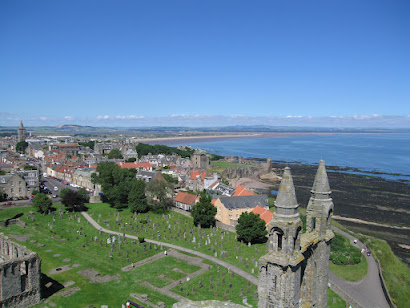Amsterdam: a city known for canals, bicycles, and the Red Light District. But Gardens?? Surprise! Some of Amsterdam's most magnificent homes have splendid gardens that lie secretly behind their tall, narrow facades. In a city that would be under water if the locks broke, land is rare, and well designed and planned gardens even more a rarity. Therefore, since the 17th century, Amsterdam has had laws in place to protect these beautiful spaces.
Amsterdam is one of my favorite cities in the world. It is at once exceptionally rich in 17th century history, and yet it continues to lead in cutting edge design and simplicity. The Dutch are masterful at marrying a modern, clean aesthetic with theier highly ornamental decorative past. A walk along any canal seems that the 17th century homes are bunched front to back and side to side. So it is a welcome treat to find exquisite gardens hidden behind these beautiful homes.
Amsterdam has 51 museums, many of which are located in historic homes. One of my favorite places is the Museum van Loon. It was built in 1671 and descended through the family until it became an historic property in the late 19th century. The collection of French and Italian furniture and decorative arts is amazing; the 17th and 18th century Flemish paintings are exquisite; but those do not prepare one for the garden in the back. A perfect English Boxwood Parterre Garden awaits with a splendid view to the Coach House in the back. It is a beautiful surprise that few know about, and I highly encourage a visit.
One day I was caught in a torrential rainstorm that literally turned my umbrella inside out. With a pounding rain, I ducked into the Bijbels Museum. The Bible Museum is in a house that was built in 1662, and it is devoted to religions of the world with floors of interesting exhibits and artifacts. However, the greatest surprise was the Zen Garden waiting in the back. Tiny pebble lined walkways lead one through lily ponds with contemporary sculpture; bamboo and tall grasses delineate areas; animal topiaries wait in the rear. And all of this is framed by 17th century architecture. It is a perfect and seamless blend of 1662 and 2008: interesting, provacative, and peaceful.
Finally, no trip to Amsterdam is complete without a trip to the Bloemenmarkt. Boats and stands line the canal with amazing fresh flowers from the fields of The Netherlands. The array of colors, the gorgeous smells, and vast choices make this a spectacular stop.
If you would like to see some amazing gardens in the States, there are certainly many tours and festivals that are worthwhile. The Annual Festival of Houses and Gardens in Charleston is an absolute delight for both architecture and garden aficianadoes. The Historic Garden Week in Virginia is the largest and oldest garden tour in America. And if secret private garden tours are not enough, trips to Monticello and Mount Vernon are sure to amaze. In every city in America, we have in credible secret gardens. Two of my favorites are Dumbarton Oaks in Georgetown, and The Cloisters in New York. Finally, if you cannot take a trip, but would love a view of secret gardens, find the new book by Polly Mattox and Helen Bost on the Private Gardens of Georgia. The photographs by Erica George Dines are fabulous and make you feel as though you are already there.
For a place of peace in whatever city you find yourself, go in search of secret gardens!
Tuesday, April 29, 2008

St. Andrews from the Cathedral























